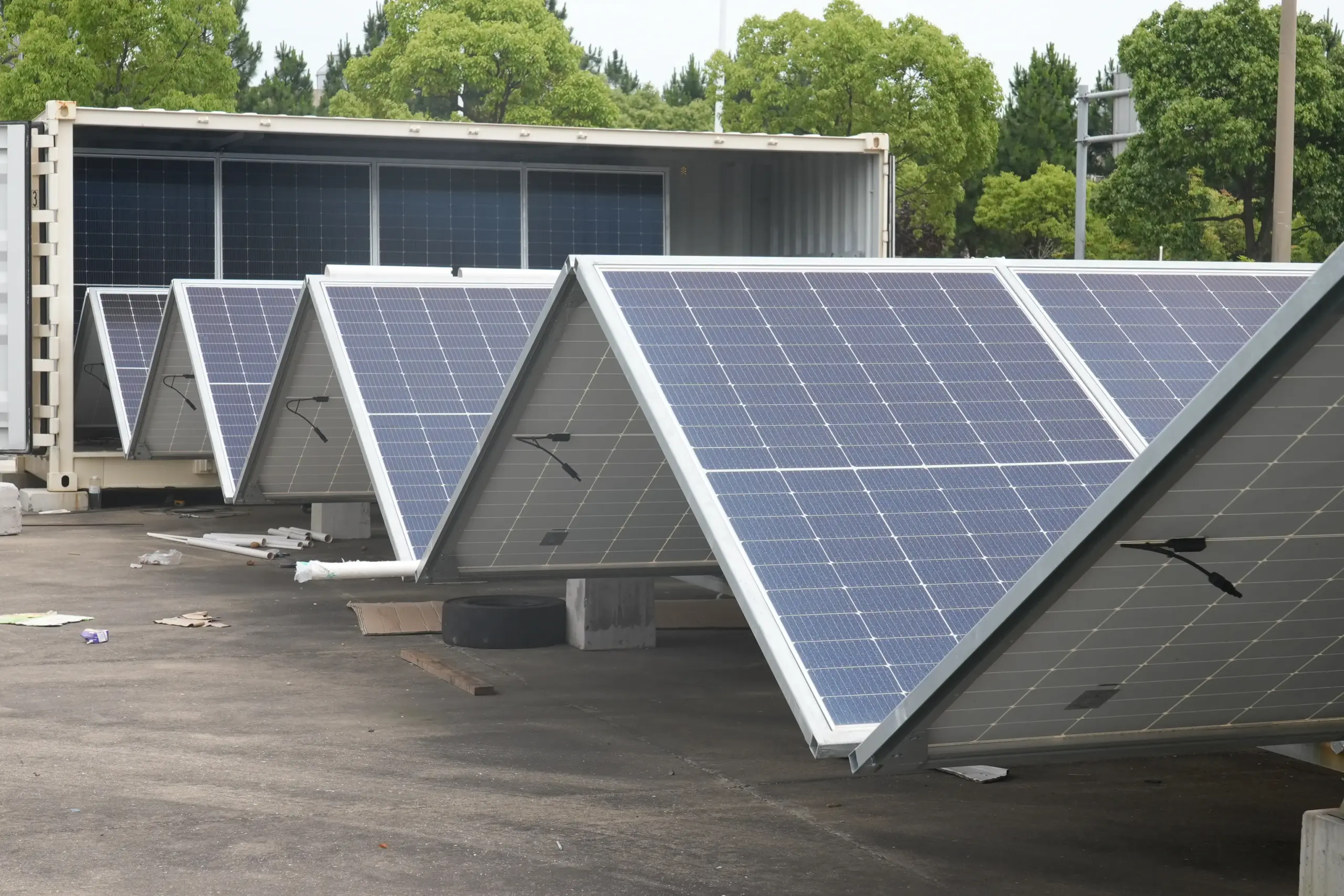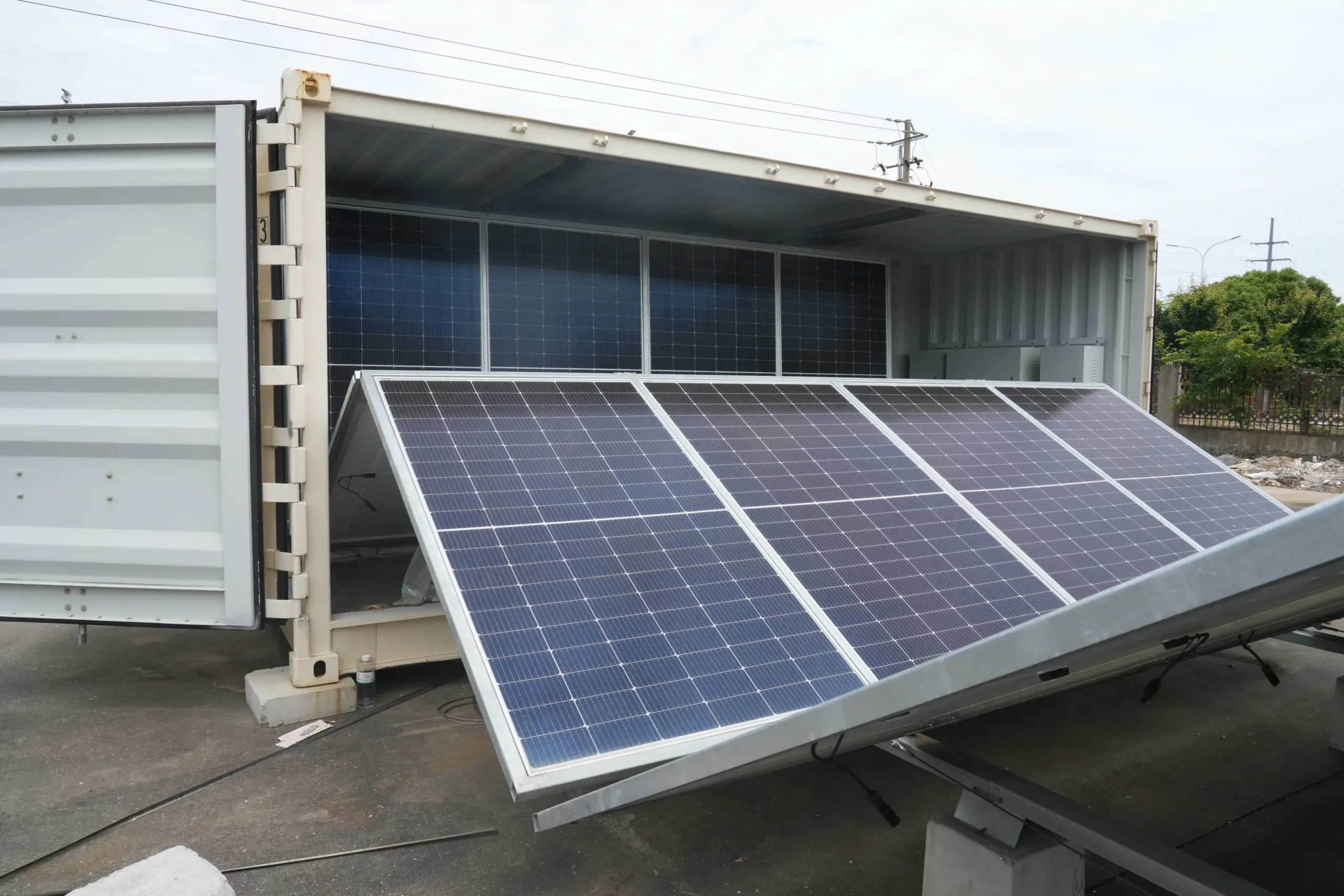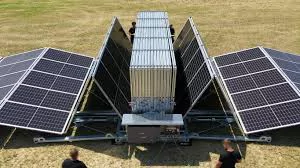Energy security is still a dream in much of the rural landscape. But you don't need a grid necessarily—all it may take is a truck every now and then. A solar container—a shipping container powered by solar panels, batteries, inverters, and smart controls—can illuminate a village at a time. This is exactly how you deploy solar containers for rural electrification, leading you from planning to powering communities cost-effectively.
1. Define the Purpose of the Solar Container
Ask yourself these questions:
- Is the village completely off-grid, or suffering periodic outages only?
- Will the container supply only minimal needs (lighting, charging phones), or productive uses like milling, refrigeration, or telecom?
Those answers dictate array size, battery size, inverter type, and even your training schedule. It's about meeting real needs—not just ticking specs boxes.
2. Size the System to Actual Daily Load
It is crucial to equate capacity to demand. Here's a rule of thumb:
| Daily Load (kWh) | Use Case | Container Setup |
| 5–8 | Households, schools, phone charging | 3 kW PV + 10 kWh LiFePO₄ battery |
| 20–30 | Clinic, fans, Wi-Fi hotspots | 10 kW PV + 40 kWh battery + EMS |
| 60+ | Micro-grids, agro-processing | 25 kW PV + 150 kWh + modular expansion |
We employ LiFePO₄ batteries in solar containers—safer, more resilient, and more heat-resistant (a universal rural issue).
3. Choose an Suitable Ownership & Billing Model
Container ownership matters:
- Co-op in the community: Citizens share cost and control
- PAYGo model: Consumers pay as they go through phone, EMS shuts down when credit runs out
- Anchor-load model: One firm (e.g., phone, cold storage) subsidizes the rest of the village
The right model offers maintenance and community engagement—two things that will be the downfall of projects your project likely has.
4. Develop Deployment Logistics Early
Solar containers are not magical, but mobile.
- Access: Can a 20–40 ft container get to the place?
- Ground: Gravel pad, concrete, or timber stilts—leveling is essential
- Sun exposure: Tree-shaded free—neither one mango tree will reduce efficiency by 15%
- Local involvement: Train at least two local operators in panel cleaning and EMS
Security: A lockable box and surveillance camera by the community safeguard it

5. Key Features Inside a Rural Solar Container
An efficient solar container contains:
- 550 W monocrystalline panels on folding rails
- 48 V hybrid inverter with island mode and backup feature
- Modular LiFePO₄ battery packs with cell monitoring
- EMS (Energy Management System) for load management
- GSM/Wi-Fi monitoring with alert SMS on critical faults
- Dust and ventilation protection—essential in dusty or hot environments
- Spare-parts kit: fuses, connectors, screws
6. Real-World Deployment: Zambia’s Mobil-Watt® Charger
In Zambia, the Mobil-Watt® "Charger" container was deployed to rural homesteads. It contained:
- 9 kW solar panels and 20 kWh battery storage
- Different home battery sizes (300 W–800 W) rented or sold
- Shared charge point—no grid needed
- Variants accommodating different home voltages (5 V to 240 V)
This model lets families plug in—no picky wiring, no need for the grid. It's electricity on your doorstep.
7. Trends to Watch in Rural Solar Containers
- Second-life EV batteries: Can cut costs by 20–30%
- AI-driven EMS: Customize use according to local behavior
- Networked mini-grids: A number of containers power-inter-sharing between villages
- Attachments for water pumping: Make containers agri-energy hubs
- Smart PAYGo systems: Electronic metering, user interface, remote billing
These features are making solar containers more multi-purpose, scalable, and community-based solutions.
8. Ask Yourself These Questions Before You Invest
- Is critical load prioritization enabled by the inverter load?
- Can the system be expanded straightforwardly as demand rises?
- Are the villagers trained and on-hand for local maintenance?
- Is remote monitoring and on-site support available?
If any of these are soft, back off and toughen up the plan. Execution is just as crucial as technology.

9. Tips for Sustained Rural Electricity
- Monthly panel cleaning: light dust = 5% less output
- Quarterly firmware updates: small wins add up
- Battery module rotation to maximize lifespan
And if you're wondering what kind of system is capable of fulfilling all of these needs—modular build, secure storage, plug-and-play EMS—there are products like the LZY-MSC1 Sliding Mobile Solar Container that are definitely worth looking into. It's made with practical off-grid uses in mind, offering both mobility and performance—precisely what rural electrification projects need to succeed.

